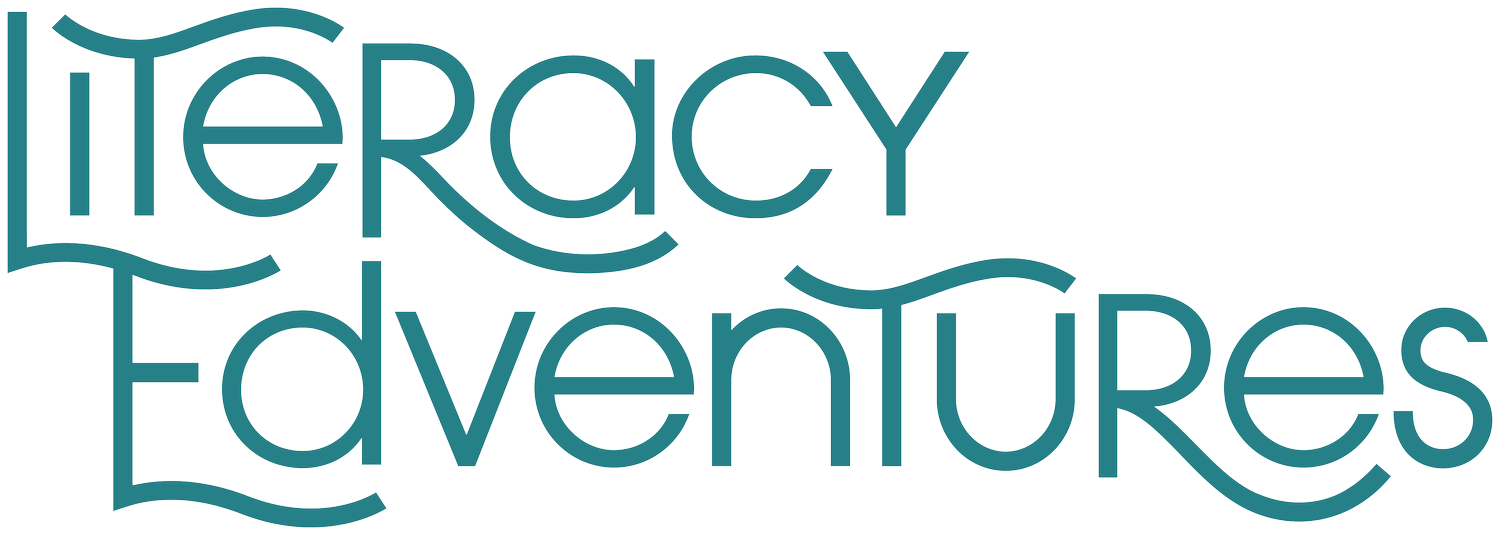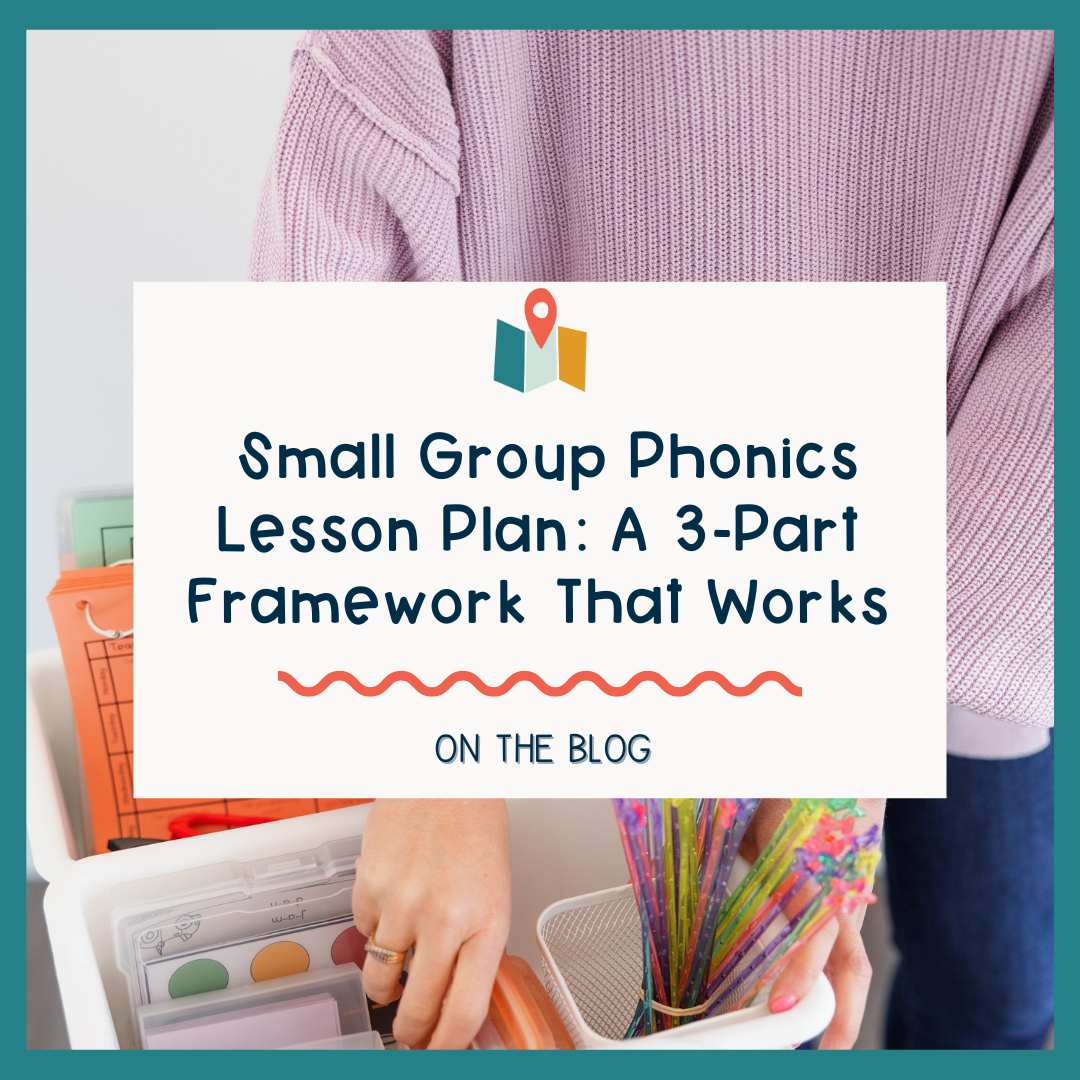Blog
Build a Strong Literacy Foundation Rooted in the Science of Reading.
How to Boost Engagement and Reduce Classroom Management Struggles With OTR (Opportunities to Respond)
Classroom management feeling harder? Learn how Opportunities to Respond (OTR) can boost engagement, reduce behaviors, and make teaching feel easier.
Why Small-Group Reading Instruction Still Works: A Research-Based Response to the EdWeek Article
Many are misreading the EdWeek article. Small-group instruction is essential when structured well. Here’s the research teachers need to know.
How Timed Repeated Reading Builds Fluency in Young Readers
Discover a quick, evidence-based routine to boost fluency in K-2 readers using timed repeated reading. Track growth, build confidence, and link to the science.
6 Common Mistakes Teachers Make With Decodable Texts (and How to Fix Them)
Discover 6 common mistakes teachers make with decodable texts—and simple fixes to boost reading confidence, accuracy, and joy in your phonics lessons.
5 Spook-Tacular Halloween Literacy Stations Your Students Will Love
Looking for Halloween literacy activities? Explore 5 spook-tacular literacy stations—phoneme–grapheme mapping, phonics games, fluency practice, and more—all Science of Reading aligned and perfect for K–2.
Early Morphology: Why K–2 Is the Perfect Time
Discover why K–2 is the perfect time to teach morphology. Learn playful, easy routines for teaching suffixes like -s, -ed, and -ing to young readers.
8 Hands-On Syllable Division Activities That Actually Work
Bring syllable instruction to life! Explore 8 engaging syllable division activities that build decoding, fluency, and confidence in reading big words
Teaching Syllable Types: How to Help K–3 Students Read Big Words
Struggling with multisyllabic words? Teach the six syllable types and decoding strategies to help your K–3 readers build fluency and confidence.
5 Easy Ways to Monitor Phonics Progress (and Use the Data to Drive Instruction)
Looking for easy ways to monitor phonics progress? Try these 5 simple, research-backed strategies to track decoding skills, support small groups, and drive instruction.
Small Group Phonics Lesson Plan: A 3-Part Framework That Works
Simplify small group phonics with this 3-part lesson planning framework. Boost confidence, fluency, and progress in minutes a day—no more guessing!
How to Launch Handwriting in the First 6 Weeks: A Step-by-Step Plan for K–2 Teachers
Discover a 6-week, research-backed handwriting instruction plan that builds fine motor skills, pencil grip, and fluent letter formation—without overwhelm.
Teaching Letter Sounds: 8 Research-Backed Strategies That Actually Work
Discover 8 research-backed strategies to help students master letter sounds with confidence. From articulation routines to meaningful review, these tips align with the Science of Reading and support strong early literacy growth.
Three High-Impact Activities to Make Letter Sounds Stick
Discover three high-impact, brain-aligned activities that help students master letter sounds with confidence. These simple yet powerful routines—teaching name, sound, articulation, and formation together; using sound sorts; and integrating daily review with sound mats—build the consistency and clarity young learners need to make letter sounds stick for good.
K–2 Literacy Block Schedule Aligned to the Science of Reading
Discover a flexible, Science of Reading-aligned K–2 literacy block schedule with sample templates, time breakdowns, and practical classroom strategies.
Why I Wrote Literacy Unlocked — And Why It’s the Book I Wish I Had as a New Teacher
Discover why Amie Burkholder wrote Literacy Unlocked—a practical, research-based guide to help teachers apply the Science of Reading with confidence.
Building Fluency with Decodables: A Practical Guide for K–2 Classrooms
Want to build fluency with decodable texts? Learn step-by-step strategies to help K–2 students move from decoding to fluent, confident reading.
5 Small Group Reading Must-Haves Every Teacher Needs
Looking for small group reading must-haves? Discover the 5 essential tools every teacher needs to boost decoding, fluency, and reading success — plus a bonus tool for writing practice!
5 Research-Backed Strategies to Build Reading Fluency That Actually Work
Discover 5 simple, research-based strategies to help students build reading fluency and comprehension—perfect for classroom or small group use.
From Sounds to Words – Helping Students Move Past Sound-by-Sound Reading
Help students move from slow, sound-by-sound decoding to fluent word reading with practical, research-based strategies that really work.
From Letters to Sentences: Teaching Young Writers to Build Confidence and Skill
Writing is one of the most critical literacy skills young students develop, but the transition from forming letters to writing complete sentences can feel overwhelming. Without explicit instruction, many students struggle to move beyond copying words or forming incomplete thoughts. In this post, we’ll walk through a structured, step-by-step approach to help young writers gain confidence—from handwriting fluency to sentence construction. With research-backed strategies and engaging activities, you’ll be equipped to support your students in becoming independent, skilled writers.






















